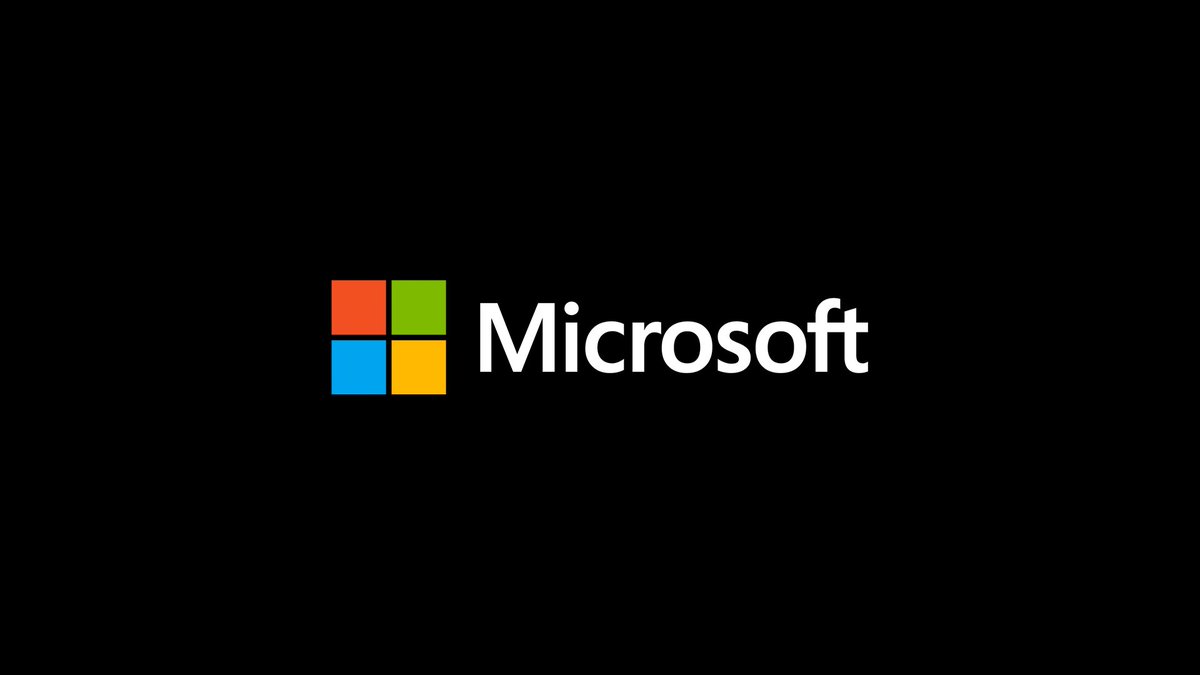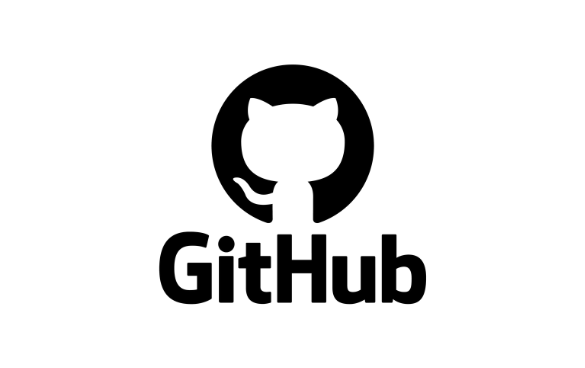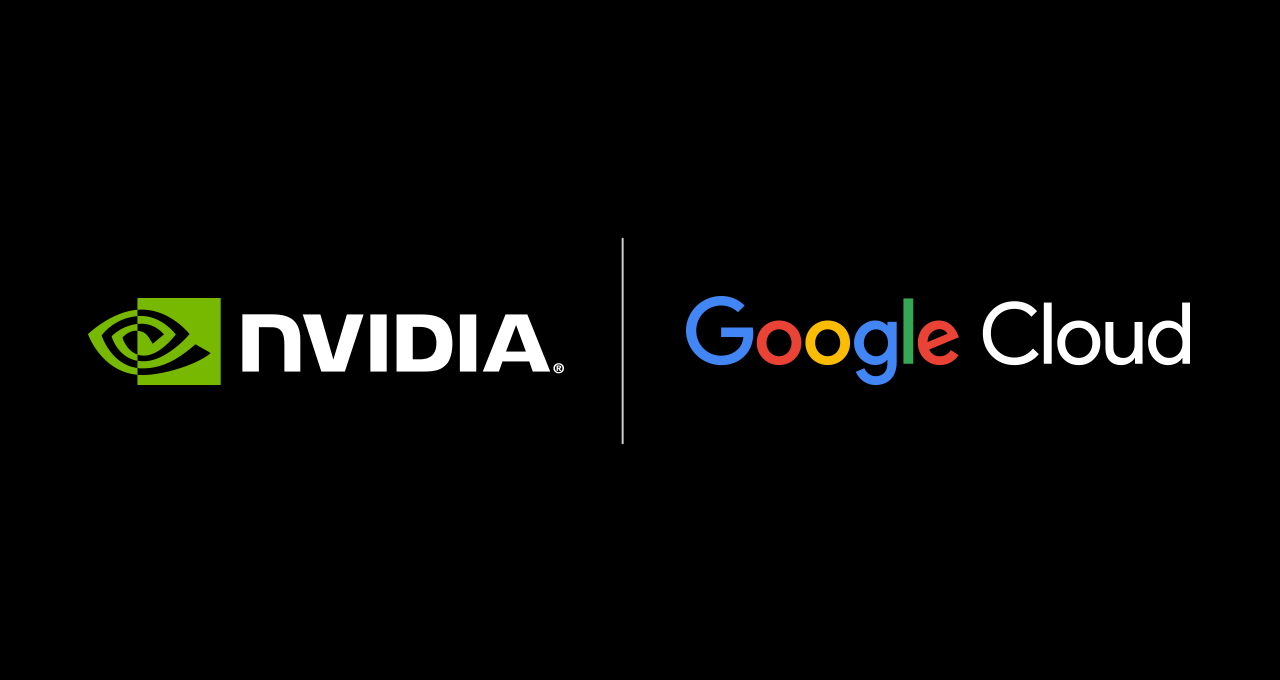
Today Microsoft released Muse, a first-of-its-kind generative AI model that we are applying to gaming. But it’s so much more than that. What we’re sharing today is a huge step forward for gameplay ideation. And what’s even more exciting is what this breakthrough represents in our journey of building and using generative AI, and what industries, developers and creators of all interests will be enabled to do next.
The impressive abilities we first witnessed with ChatGPT and GPT-4 to learn human language are now being matched by AI’s abilities to learn the mechanics of how things work, in effect developing a practical understanding of interactions in the world. As a computer scientist, this ability to understand and model a 3D world is something I and many other great researchers have pursued for over 10 years and, personally, I was not sure that it could be made possible with such speed and quality.
In the case of Muse, just from observing human gameplay, this model develops a deep understanding of the environment, including its dynamics and how it evolves over time in response to actions. This unlocks the ability to rapidly iterate, remix and create in video games so developers can eventually create immersive environments and unleash their full creativity.
Beyond gaming, I’m excited by the potential of this capability to enable AI assistants that understand and help visualize things, from reconfiguring the kitchen in your home to redesigning a retail space to building a digital twin of a factory floor to test and explore different scenarios. All these things are just now becoming possible with AI. From the perspective of computer science research, it’s pretty amazing, and the future applications of this are likely to be transformative for creators.
—
At Microsoft, we have a long history of collaboration between research and engineering. Today, as we release Muse, we are also announcing Azure AI Foundry Labs, where the AI community can explore the latest from Microsoft Research. Azure AI Foundry Labs will help accelerate the transition from research to solutions, bringing new ideas to the broader community to help shape the future of AI. Learn more.
Author: Peter Lee
Blog Article: Here


